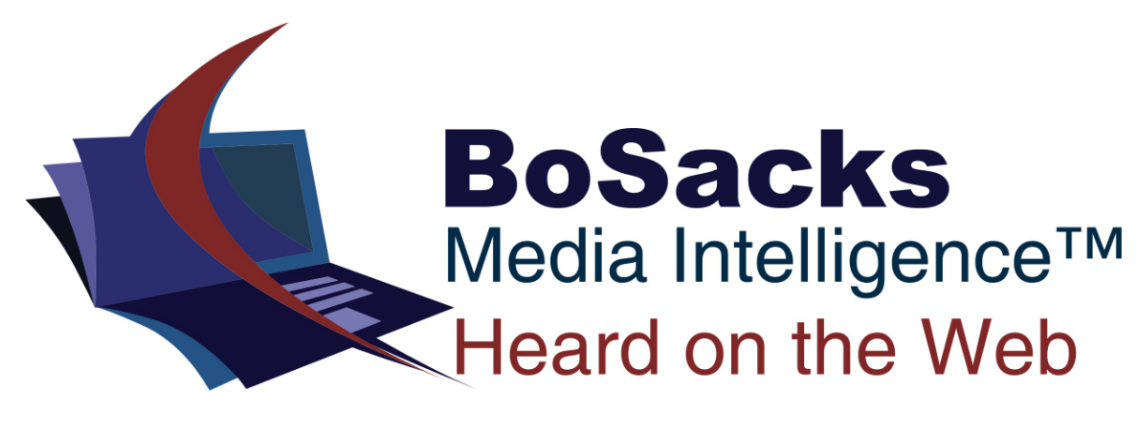BoSacks Speaks Out: Education Runs on Bandwidth, 2025
By Bob Sacks
Fri, Sep 19, 2025

This speaks out is in reaction to an article By: Mike Gruenberg
With the headline “FCC proposes cut to program providing internet access to schools and libraries in rural and low-income areas.”
This isn’t about politics. It’s about plumbing. It’s about the pipes that carry opportunity. If we want a functioning society, skilled workers, literate citizens, families that thrive, we must treat education like infrastructure. Books, teachers, libraries, broadband, and devices form a single system. Snap one link, and the whole thing leaks.
I’ve spent decades in publishing, and I’ll say it again: communities that read, learn, and connect, win. Not left, not right. Just forward.
Learning Doesn’t Clock Out at 3:00
School ends. Learning doesn’t. Students need access where they live, ride, and gather. That means libraries open when families can actually use them. That means hotspot lending that meets demand, not just headlines. That means high-speed internet that reaches the kitchen table, not just the school parking lot.
Still not convinced? Ask a teacher about the “parking-lot upload.” Kids crouch outside coffee shops, sit in fast-food lots, or camp on library steps just to submit homework. Some families drive to rural cell towers so a Google Doc will sync. That’s not grit. That’s a system failure dressed up as resilience.
Libraries Are Engines, Not Ornaments
Cut a library budget and you don’t save money. You shift costs to schools, families, and employers who will pay more later. Libraries are the last mile of equity. They offer quiet space, professional help, and connectivity for those without reliable service. They also keep reading culture alive, from toddler story time to résumé workshops to maker labs.
Real example: when remote learning exposed the access gap, smart districts expanded hotspot lending by the hundreds. They parked Wi-Fi in lots and parks. They opened “homework havens” with study pods. The result? More assignments turned in. Fewer students slipping behind. Equity is cheaper than remediation. Always has been.
Broadband Is the New School Bus, Until It Isn’t
Transportation used to mean getting students to the building. Now it means getting learning to the student. Rural districts have outfitted long bus routes with satellite or cellular connectivity, turning ninety-minute rides into productive time. Students download lessons, sync documents, and join tutoring sessions while they travel.
But here’s the catch: that connectivity isn’t guaranteed. In 2025, a legal battle over the FCC’s Universal Service Fund put school bus Wi-Fi in jeopardy. The E-Rate program, which provided steep discounts for broadband access, including Wi-Fi on buses, is now under threat from a Supreme Court case challenging its funding model. If the ruling guts the program, districts could lose support for the very services that keep students connected during transit.
And it’s not just courtrooms. FCC leadership has proposed rolling back the expansion that allowed E-Rate funds to cover school bus Wi-Fi and student hotspots. That means millions of dollars in pending requests could be denied, leaving districts scrambling to maintain connectivity on the move.
This isn’t theoretical. It’s already happening. Districts that once relied on federal support to wire their buses are now facing uncertainty, forced to choose between cutting services or finding new funding. The result? Students on long rural routes may once again ride in digital silence, losing precious instructional minutes.
Connectivity is logistics, not ideology. Undermining it for political sport is shortsighted. If we want students to learn wherever they are, we must protect the infrastructure that makes it possible.
Print and Digital: Partners, Not Rivals
Print is a luxury experience. It’s built for depth, memory, and pride of ownership. Digital, done right, is reach and real-time support. Students need both. The textbook on the desk focuses the mind. The QR code in the margin links to a video or simulation that reinforces the concept.
Publishers who embrace both modes create durable readers and informed citizens. The habit of attention lives in print. The habit of exploration thrives online. Use both, and you get graduates who can think, search, and synthesize.
Why Publishers Should Care
Our industry depends on literate, connected communities. Today’s ninth grader who asks an AI for help on a draft may become tomorrow’s reporter, editor, designer, or subscriber. If students can’t stream an instructional video, borrow an e-book, or collaborate on a project without buffering, we’re shrinking our future audience. This isn’t a partisan statement. It’s pipeline math.
The Publisher’s Stake
This is our audience in formation. If we want citizens who read deeply, verify sources, and pay for value, we should want homes with reliable bandwidth and towns with vibrant libraries. The newsroom, the classroom, and the living room are on the same network.
BoSacks Bottom Line
Give students the tools, the access, and the spaces to learn, and they will. Starve the system of bandwidth and library capacity, and don’t feign surprise when outcomes slide.
Education runs on bandwidth. Culture runs on reading. The economy runs on both.
Publishers, educators, and community leaders share the same goal. Build the network of learning, in print and online, from the classroom to the kitchen table. Then stand back and let possibility do its work.
